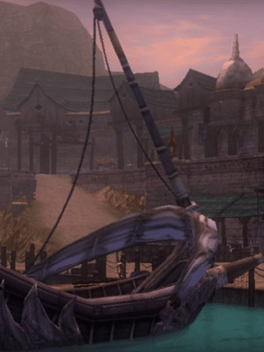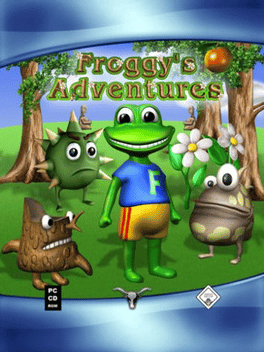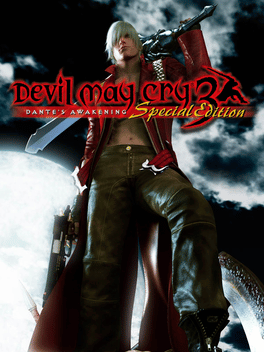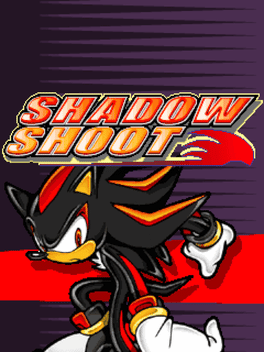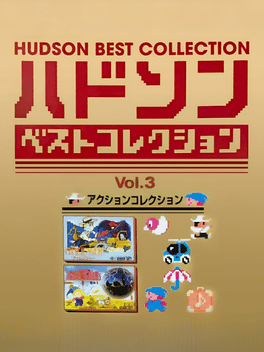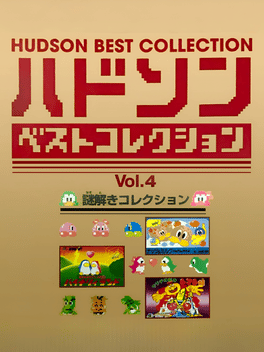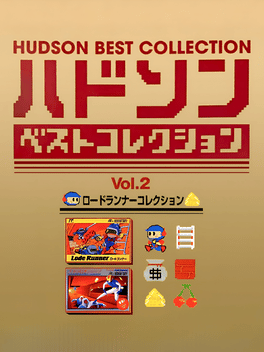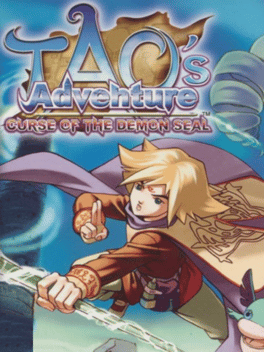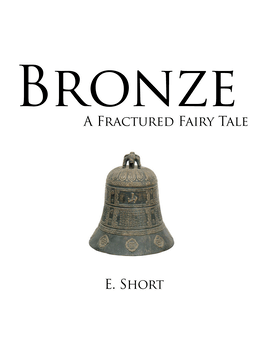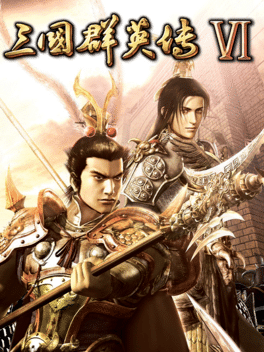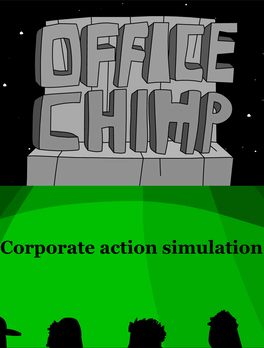New Games - Page 10308
-
Dungeons & Dragons Online: Sorrowdusk Isle
2006
An island further to the west of Three-Barrel Cove, Sorrowdusk Isle is shrouded in mystery. Rumors occasionally trickle back to Stormreach of powerful troll and ogre clans, and of cults who worship the Dark Six. But while rumors trickle back to Stormreach, adventurers who leave for Sorrowdusk seem to never return. This quest pack contains an explorer area and a series of short dungeons for low level players. -
Dungeons & Dragons Online: Tangleroot Gorge
2006
Home to many fierce hobgoblin and bugbear tribes, Tangleroot Gorge also contains the infamous Hobgoblin fortress of Splinterskull. This quest pack contains a small explorer area and a short series of dungeons for low level adventurers. -
Dungeons & Dragons Online: Three-Barrel Cove
2006
A former pirate haven, Three-Barrel Cove is still a very rowdy outpost town on an island north of Stormreach. There are many dangerous adventures that await characters brave enough to explore Three-Barrel Cove. This premium quest collection contains an adventure area and 10 pirate-themed dungeons. -
Froggy's Adventures
2006
Froggy's Adventures
2006
Froggy's Adventures is a game where the player plays as frog. That has to collect all of the flowers/mushrooms/pebbles/crystals on each level, while avoiding enemies. -
Devil May Cry 3: Dante's Awakening - Special Edition
2006
star 8.8Devil May Cry 3: Dante's Awakening - Special Edition is a re-release of Devil May Cry 3 with gameplay changes and additional content. Among them, there is the possibility to play as Vergil on a separate save file. -
World War II Combat: Road to Berlin
2006
World War II Combat: Road to Berlin, also known as Battlestrike: Secret Weapons, is a budget-priced first-person shooter, developed by Direct Action Games and published by Groove Games. Despite its low-budget price, it has been panned by users and reviewers as having shoddy control, and a rushed, unfinished feel. The game was followed by World War II Combat: Iwo Jima. -
Shadow Shoot
2006
Shadow Shoot
2006
Shadow Shoot is a mobile phone game released as part of the Sonic Cafe service offered by Sega. -
Eclipse
2006
Eclipse
2006
Around November, 2004, several students got together to brainstorm a concept for a total conversion of Valve's Half-Life 2 . After several days of brainstorming, the concept for Eclipse was born. In January of 2005, a group of Guildhall students composed of programmers, artists, and level designers were put together and formed what is now CelTech Studios. It was then that CelTech Studios made the commitment to produce the highest quality game possible in the short amount of time they had - five months. -
Big Buck Hunter Pro
2006
Big Buck Hunter Pro
2006
Big Buck Hunter PRO is a new species of hunting game that delivers a hot new quarry of no-limit fun to players everywhere. The premise is simple; There are 4 areas with 5 rounds in each one. Each round has 3 bucks to take down with your shotgun, but watch out for those doe's, other wise the round is over -
Ochaken no Bouken-jima: Honwaka Yume no Island
2006
Ochaken no Bouken-jima: Honwaka Yume no Island is a Simulation game, developed and published by MTO, which was released in Japan in 2005. -
Hudson Best Collection Vol. 3: Action Collection
2006
A compilation cartridge containing Challenger and Milon's Secret Castle. -
Hudson Best Collection Vol. 4: Nazotoki Collection
2006
Three classic Hudson games on one cartridge. This game collects: Binary Land Nuts & Milk Salad no Kuni no Tomato Hime -
Hudson Best Collection Vol. 1: Bomberman Collection
2006
Hudson Best Collection Vol.1: Bomberman Collection is a compilation video game for the Game Boy Advance. This was the first game of a series of collections made by Hudson that would span six titles. -
Hudson Best Collection Vol. 2: Lode Runner Collection
2006
This volume of Hudson Best Collection brings the first two Lode Runner games from the Famicom to the Game Boy Advance: Lode Runner Championship Lode Runner -
Animal Yokochou: Doki-doki Kyuushutsu Daisakusen! no Maki
2006
Animal Yokochou: Doki-doki Kyuushutsu Daisakusen! no Maki is an Action game, developed and published by Konami, which was released in Japan in 2005. -
Tao's Adventure: Curse of the Demon Seal
2006
star 3.6Take on the role of Tao, a young magical student trying to master the Magical Arts. One day, the Demon Seal from a faraway Monster Tower cracked and let loose hoards of ferocious ancient monsters. In Tao's village, the village of the Bente Island, an extremely powerful monster curses the townspeople, including Tao's family, turning them all into stone. Tao must find a way to master the art of magic, repair the Demon Seal, destroy the curse and save his family. In order to break the curse, Tao must find the monster egg of the ancient monster that cursed his family, Straitser. With that egg, he can return to the village and the last remaining elders can break the evil curse, although if Tao does not return by the next full moon, the curse will never be broken. -
Bronze
2006
Bronze
2006
When the seventh day comes and it is time for you to return to the castle in the forest, your sisters cling to your sleeves. -
Virtua Tennis: Mobile Edition
2006
Virtua Tennis: Mobile Edition is a J2ME installment of the Virtua Tennis series. -
Heroes of the Three Kingdoms 6
2006
Heroes of the Three Kingdoms 6 is a strategic war game based on the classic Chinese novel Romance of the Three Kingdoms. -
Office Chimp
2006
Office Chimp
2006
Smooth talk and manipulate your way to the top in this simulation-like anti-establishment game. Interact with your favorite Anime characters and gain their affections.


